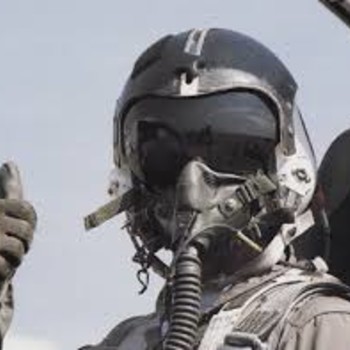A cone has a height of 12 cm and its base has a radius of 7 cm. If the cone is horizontally cut into two segments 1 cm from the base, what would the surface area of the bottom segment be?
1 Answer
I make it 550
Explanation:
...imagine viewing the cone from the side. From this view it looks like an isosceles triangle. Imagine this triangle cut down the middle, from the apex, with a vertical line.
This is a right triangle, with sides of length 12 cm and 7 cm (and a hypotenuse to be calculated:
So, when cut, we want the surface area of the bottom (truncated cone) piece.
This is:
The surface area of the bottom circular face
plus
The surface area of the top circular face
plus
the surface area of the slanted side face.
The bottom circular face surface area is simply
The top face as a radius that we can deduce from similar triangles. Remember that, looking from the side of the original cone, we see a right triangle of height 12, bottom 7. We've cut the bottom 1 cm off, so the remaining right triangle has height 11. From similar triangles, we know that:
...so the area of the top face of the truncated piece that we are measuring is
...so we now need to calculate the area of the slanted side face of the truncated cone.
From this link:
We calculate the lateral area (total surface area of the cone minus the area of the base)
This formula is
For the original (uncut cone, we have r = 7 and l = the hypotenuse that we calculated, 13.89 cm
So the original cone's lateral area is
AFTER cutting, we have a shorter cone. The right triangle here measures 11 high, by 6.42 radius, and hypotenuse = 12.73 cm.
Side area of the cutoff cone we get
So, then, the slanted piece of the truncated cone that we are trying to measure would be the original cone's lateral area - the cutoff cones lateral area: 523.7 - 256.75 = 266.95
so the total area we are trying to calculate is:
129.3 + 153.94 + 266.95 = 550.19
GOOD LUCK!

